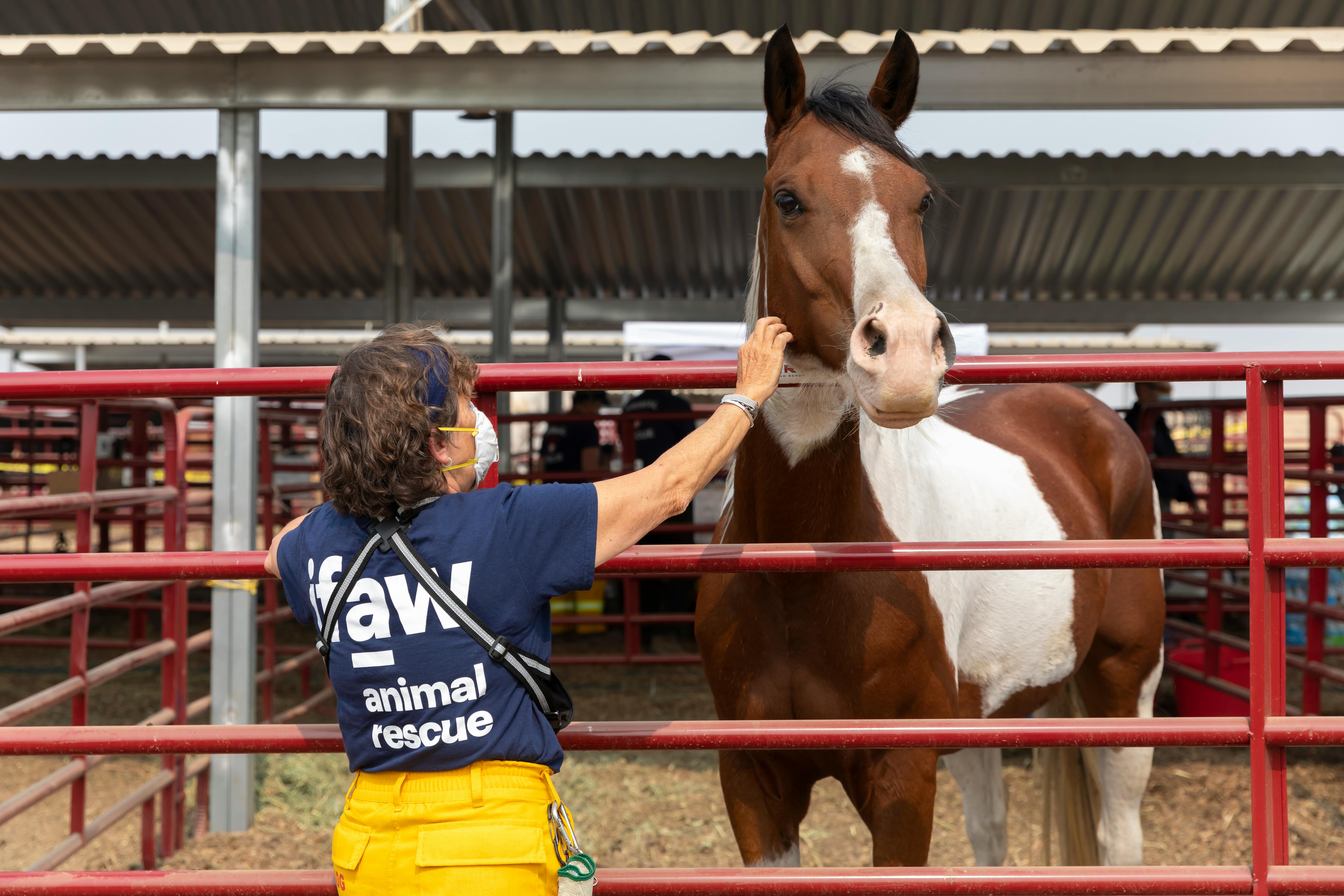The dry period of a dairy cow needs to be monitored very well because it is the health of the dairy cow at this time that will tell whether or not the cow can produce milk and give birth. Dairy cows in their dry period are prone to many serious diseases and infections, most of which can affect their milk supply and future pregnancy.
One of the main concerns for caregivers would be mastitis, a condition in which there is inflammation of the breasts or udder due to an infection. This is certainly a problem when considering milk production. There are whitish clots in the milk of a cow with mastitis. In the worst case, there may even be pus. Treatment of mastitis is difficult and almost impossible. The best cure remains prevention through the proper drying procedure, plus a course of antibiotics and a clean, dry pen.
Protecting the cow and her immune system should be a priority. This is done by balancing the cows’ rations with the proper amount of vitamins. Vitamins A, D, E, and selenium are especially emphasized when it comes to vitamin supplements. The body condition of the cow is equally important to ensure healthy milk production and lactation. The body must have enough energy to meet the requirements for milk production and reproduction.
For the near dry period, health concerns would shift to lead feeding, prevention of milk fever, and emphasis on maternity facilities. This occurs about 2 to 3 weeks before giving birth to your calves.
Lead feeding and proper rations begin about 2 weeks before delivery. The grain generally consists of about 12 kilograms of free choice maize silage and hay, and must be increased from 4 to 5 kilograms per day until the day of calving. This will help prevent digestive upset and abomasums displaced as a result of abrupt changes in calving rations.
To prevent milk fever, the cow’s blood calcium diet should be monitored. A pregnant and lactating dairy cow naturally requires more calcium. When calcium levels in the blood are low, the cow can develop milk fever. Another method of preventing milk fever is to feed anion salts to stimulate the release of stored calcium from the bones at the time of delivery. This helps especially since a cow’s intake is limited during early lactation, making it difficult for the cow to meet calcium requirements without the calcium stored in the bones.
Udder edema can also occur in the dairy cow due to excess sodium from the salt. Like any other infection that affects the udder, this also greatly affects milk production. Therefore, it is strongly recommended that dry cows receive cobalt iodized salt at the rate of 30 to 40 grams per day.
Last but not least are the maternity facilities and pens. Dry cow pens should be clean, dry and comfortable. Housing the cows here in the near dry period helps us control the cow’s diet to avoid metabolic problems. With this, infectious diseases like mastitis and retained placenta can be successfully prevented.



